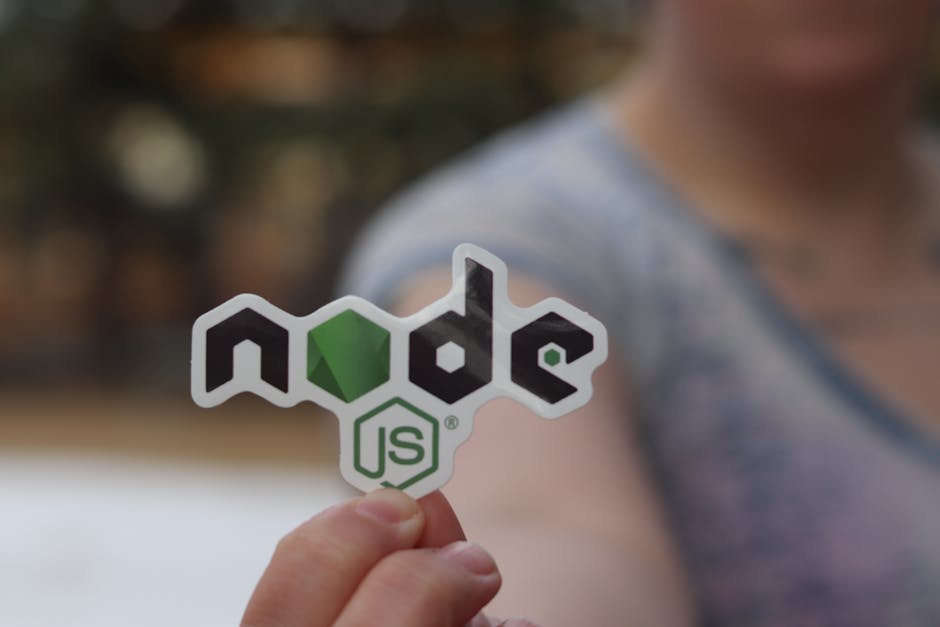The Revolution of Vibe Coding Platforms: Accelerating Software Development in 2025

The Revolution of Vibe Coding Platforms: Accelerating Software Development in 2025
In the rapidly evolving landscape of software development, the emergence of Vibe coding platforms marks a significant leap towards transforming traditional programming into a more efficient, collaborative, and AI-integrated process. As we advance through 2025, these platforms, including Replit, Lovable, VibeFlow, and Cursor, have not only redefined the concept of go-to-market (GTM) strategies but also challenged the status quo of software engineering practices—ushering in an era where speed converges with innovation.
Trends and Transformations in the Vibe Coding Ecosystem
Productivity and Efficiency: Recent studies have showcased that platforms like Cody and Cursor can save developers up to six hours per week through advanced AI-driven suggestions and automated refactoring. This monumental shift in productivity is primarily attributed to their ability to optimize the coding workflow, reducing the need for frequent context-switching and thus accelerating project timelines.
Speed to Market: With the capacity to launch minimum viable products (MVPs) within the same day, platforms such as Replit and Lovable facilitate rapid prototyping and A/B testing, crucial for SaaS and consumer apps. This efficiency not only aids startups and small businesses in testing their products in real-time but also allows them to iterate based on user feedback swiftly.
Scaling and Distribution Focus: As the technology matures, the emphasis gradually shifts from mere speed to encompass distribution and scalability. This includes automated deployment and integrated analytics tools that help developers understand user engagement and system performance in unprecedented ways.
Emerging Competitive Dynamics
Vibe coding platforms are continuously evolving, focusing now more on distribution capabilities than ever before. This shift is epitomized by the integration of real-time analytics and automated deployment tools, which are becoming essential components in reaching users more effectively and efficiently.
The key to future success in software development lies not only in how quickly the code is written but how seamlessly it can be deployed and scaled in a live environment.
Comparative Analysis: Then and Now
Contrasting the traditional software development methods with the current Vibe coding platforms reveals a stark evolution in approach and outcome. Historically: Development cycles were lengthy, collaboration was limited by physical and technological barriers, and scalability was often an afterthought. Today: Platforms like Mocha and VibeFlow exemplify the profound shift towards immediate collaboration, with cloud-based environments and APIs that bridge the gap between design and deployment seamlessly.
Strategic Insights and Forward-Thinking
Adopting Vibe coding platforms is no longer a matter of choice but a strategic necessity. Companies and developers must not only focus on the coding aspect but also embrace the robust handoff integrations such platforms offer. Tools such as Figma and OpenAPI are vital in ensuring that the transition from design to deployment is as frictionless as possible.
For a deeper dive into the effectiveness of these platforms, consider reviewing the detailed analysis provided by Zapier and CoCoding, which offer insightful comparisons and user feedback on the top Vibe coding tools of 2025.
Conclusion: Embracing the Future of Software Development
The innovation brought about by Vibe coding platforms represents more than just technological advancement; it signifies a paradigm shift in how software is developed, deployed, and scaled. As we look towards the future, the integration of AI and the focus on distribution capabilities will not only expedite the development process but also enhance the overall quality and reach of software applications. The strategic importance of these platforms cannot be overstated—they are set to become the backbone of the software development industry.
